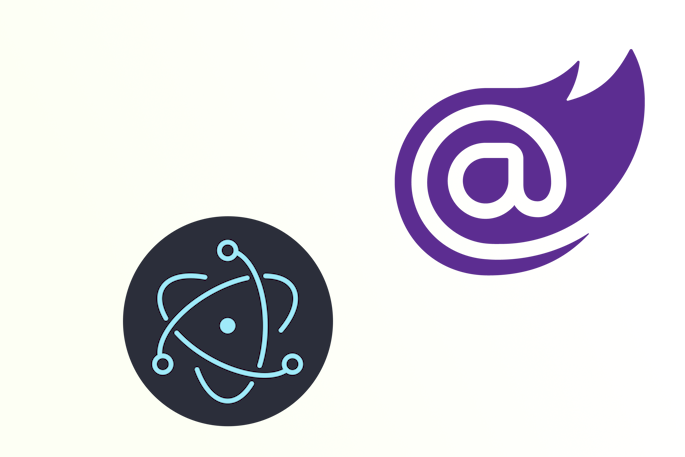Welcome to Dejan's Blog
xworkflows
Introduction
Installation
Basic concepts
Getting Started
Entities
Actions
Events
Workflow
Error handling
Advanced usage
Examples
Introduction
Welcome to the XWorkflows Library Documentation!
What is XWorkflows?
XWorkflows is a powerful and flexible .NET library designed to simplify the management of workflows on entities. It provides a clean and organized approach to handle state transitions and actions for your entities, reducing code duplication and ensuring consistent behavior throughout your application.
Why Use XWorkflows?
Managing workflows and state transitions for entities can be a challenging task in software development. As your application grows, maintaining the logic for each state and action becomes increasingly complex and error-prone, leading to spaghetti code and decreased maintainability.
XWorkflows addresses these challenges by offering a structured and modular solution for defining, organizing, and executing workflows on entities. With XWorkflows, you can:
- Improve Code Organization: XWorkflows promotes a well-structured approach to define states, actions, and events for your entities. This leads to cleaner and more maintainable code.
- Reduce Code Duplication: By centralizing workflow logic in a single place, XWorkflows eliminates the need to duplicate code across different parts of your application.
- Enforce Consistent Workflows: XWorkflows ensures that entities follow predefined state transitions and actions, enforcing business rules and maintaining the integrity of your application's data.
- Simplify Error Handling: XWorkflows provides meaningful error messages and exceptions to handle scenarios where entities cannot transition to certain states or when actions fail.
- Flexibility and Extensibility: The library is designed to be flexible and extensible, allowing you to customize its behavior through extensions or by deriving from the base classes.
Key Concepts
To make the most of XWorkflows, it's essential to understand some key concepts used within the library:
- Workflow Entity: Represents an entity whose state transitions are subject to workflow behavior.
- Workflow Action: A piece of code executed upon a trigger, such as an HTTP endpoint. It performs tasks within the Execute method, such as storing field values or performing calculations.
- Workflow Event: A piece of code executed after an action, handling tasks like logging events or performing post-action execution logic.
- Workflow State: Represents a state to which an entity transitions after executing an action.
- Workflow: A logical grouping of actions that defines the workflow behavior for an entity.
Who is this Documentation for?
This documentation is intended for developers working on .NET applications and looking for an efficient way to manage workflows on entities. Whether you are building a small application with a few state transitions or a large enterprise-level project with complex workflows, XWorkflows can streamline your development process and enhance the maintainability of your codebase.
How to Use this Documentation
This documentation is organized to provide you with a comprehensive understanding of the XWorkflows library. It covers basic usage, advanced scenarios, code examples, and best practices. You can follow the documentation sequentially to get started or use it as a reference guide to specific topics as needed.
Let's dive in and explore the power of XWorkflows to manage your application's workflows effectively!
About me

Social Plugin
Popular posts

|
|

|
|

|
|

|
|

|
|

|
Tags
- dotnet 10
- genesysSSG 6
- github 5
- xworkflows 3
- tests 2
- xunit 2
- docker 2
- mermaidjs 2
- introduction 2
- github pages 2
- testing 1
- JWT 1
- dotnet tool 1
- testcontainers 1
- signalR 1
- azure 1
- Blazor 1
- WebAssembly 1
- Electron.js 1
- blazor 1
- wasm 1
- gcp 1
- cloud function 1
- minimal api 1
- dotnet7 1
- gitlab 1
- nuget 1
- caching 1
- redis 1
- docker compose 1
- YARP 1
- NBomber 1
- video 1
- personal blog 1
